Table of Contents
Introduction to Recaito
Recaito is a traditional fresh herb blend originating from Puerto Rican and Caribbean cuisine, not a dry spice mix. This guide explains its authentic ingredients, culinary uses, and how it differs from similar preparations like sofrito. Whether you’re new to Latin cooking or seeking authentic flavor foundations, this resource provides accurate, actionable information.

What is Recaito?
Recaito (pronounced reh-KYE-toh) is a vibrant, uncooked herb base made from fresh ingredients. Unlike dry spice blends, it’s prepared by blending fresh cilantro, culantro (also called recao), onions, garlic, and mild peppers like ají dulce into a smooth paste. The name comes from the Spanish "recoger" (to gather), reflecting how these ingredients are combined to create a foundational flavor for many dishes. It’s essential in Puerto Rican cooking but used across the Caribbean for soups, stews, and marinades.
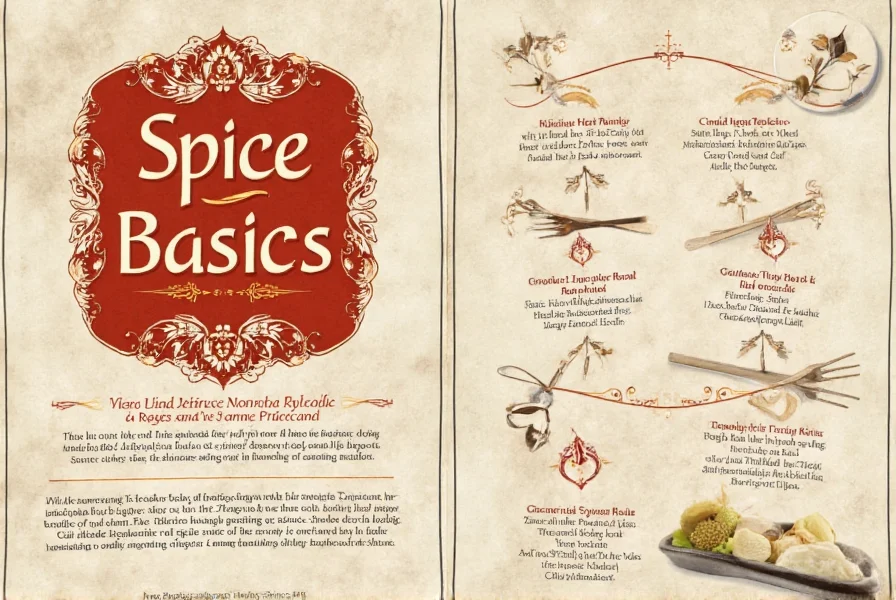
Uses of Recaito in Cooking
As a fresh herb paste, recaito adds bright, aromatic depth to dishes. Here’s how to use it:
- Marinades: Mix with oil and vinegar to tenderize and flavor chicken, pork, or fish before grilling.
- Soups and Stews: Sauté with oil to create the flavor base for dishes like arroz con gandules (Puerto Rican rice with pigeon peas).
- Vegetable Dishes: Stir into sautéed greens or roasted root vegetables for herbal complexity.
- Rice and Beans: Use as a seasoning for arroz con habichuelas (rice with beans) or arroz con pollo.
- Sauces: Blend into tomato-based sauces or salsas for authentic Caribbean flavor.
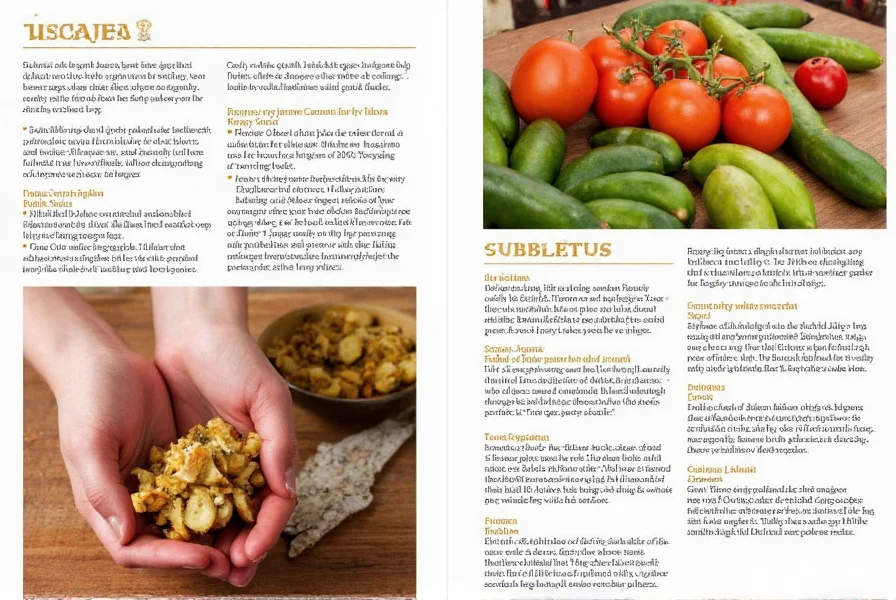
Comparing Recaito with Other Blends
| Blend Type | Key Ingredients | Form | Common Uses |
|---|---|---|---|
| Recaito | Cilantro, culantro, onions, garlic, ají dulce peppers | Fresh herb paste | Flavor base for soups, stews, rice dishes |
| Sofrito | Tomatoes, peppers, onions, garlic, cilantro | Fresh cooked base | Stews, sauces, rice dishes (often includes recaito as a component) |
| Adobo | Dried oregano, garlic powder, onion powder, cumin, black pepper | Dry spice blend | Meat rubs, seasoning for grilled dishes |
| Chili Powder | Dried chilies, cumin, garlic, oregano | Dry spice blend | Tacos, chili, meat rubs |
Recaito differs fundamentally from dry blends like adobo or chili powder. It’s a fresh, uncooked herb paste used as a flavor foundation, while sofrito typically includes tomatoes and is cooked. Understanding these distinctions ensures proper usage in authentic recipes.
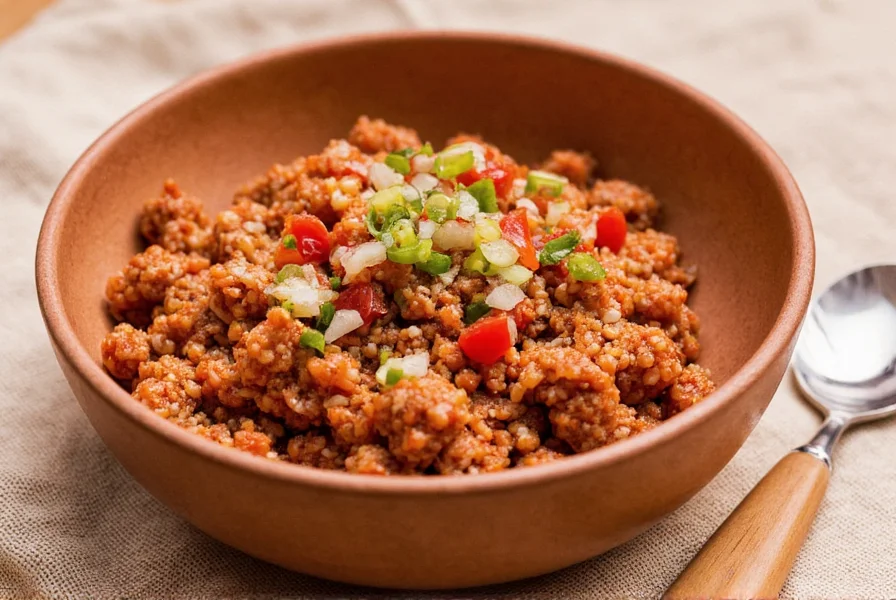
Top 5 Tips for Using Recaito
Maximize flavor with these practical techniques:
- Use Fresh Ingredients: Always use fresh cilantro and culantro (recao) for vibrant flavor. Dried versions lack the characteristic brightness.
- Freeze for Convenience: Store homemade recaito in ice cube trays for easy portioning. Thaw before use for best results.
- Saute First: For soups and stews, sauté recaito in oil before adding liquids to release its full aroma.
- Balance with Acid: Add lime juice or vinegar after cooking to enhance the herbal notes without overpowering.
- Adjust Heat Levels: Use mild peppers like ají dulce for traditional flavor. Add habanero sparingly if heat is desired.
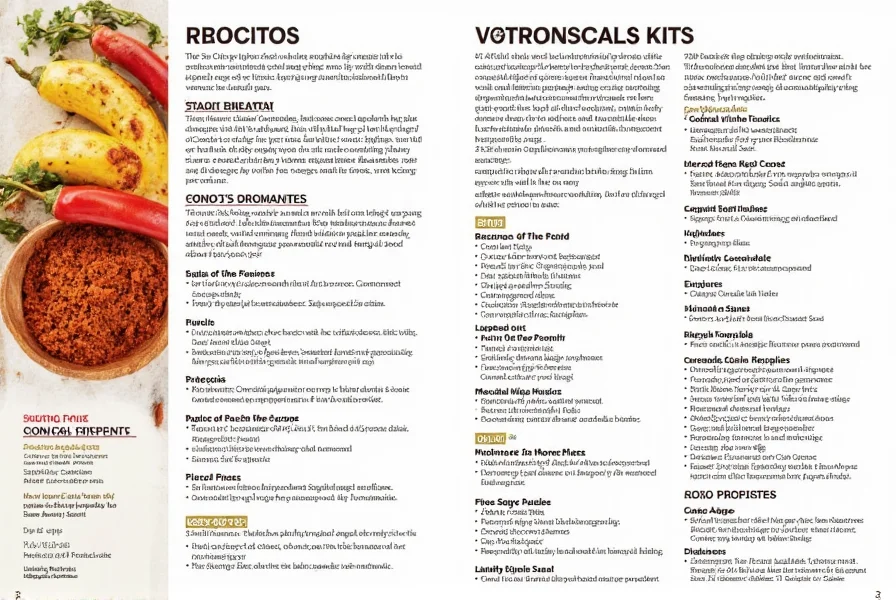
Buying Guide for Recaito
Recaito is typically sold as a fresh product or made at home. Here’s what to look for:
Where to Find It
- Fresh: Check refrigerated sections in Latin grocery stores. Look for sealed containers with visible herbs (not powders).
- Homemade: Most authentic recipes use freshly blended ingredients. Cilantro and culantro are essential for true flavor.
- Online: Specialty retailers like La Tienda or Amazon carry fresh or frozen recaito from Puerto Rican producers.
What to Avoid
- Dry spice blends labeled "recaito" — these are typically adobo or similar mixes.
- Products with artificial additives or preservatives. Authentic recaito should contain only fresh herbs and vegetables.
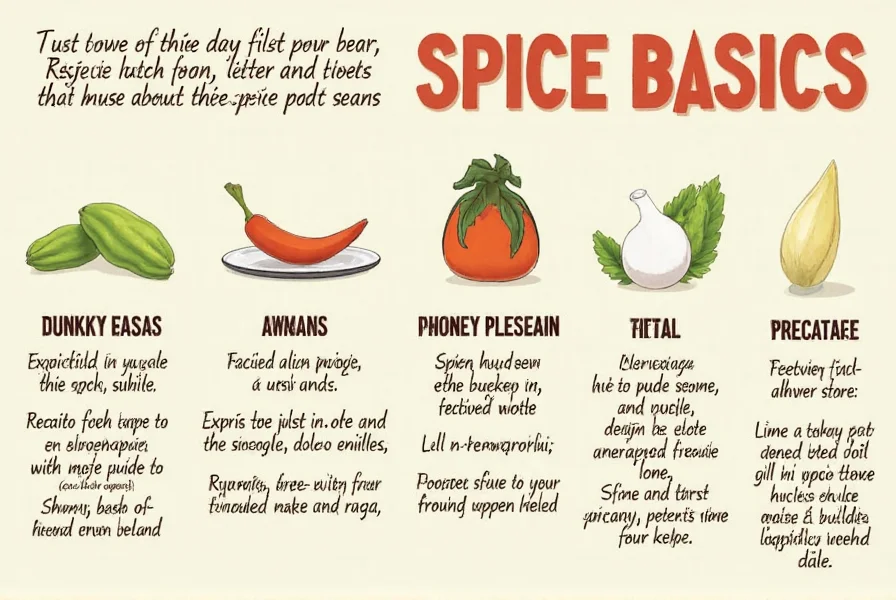
Frequently Asked Questions About Recaito
What does recaito mean in English?
Recaito doesn’t have a direct English translation. The term comes from the Spanish "recoger" (to gather), referring to the gathering of fresh herbs. In culinary contexts, it’s described as a "fresh herb base" or "aromatic paste."
Is recaito the same as sofrito?
No. Recaito is a fresh herb paste without tomatoes, while sofrito includes tomatoes and is typically cooked. Recaito often serves as the herb component within sofrito preparations.
Can I make my own recaito at home?
Yes. Blend 1 cup fresh cilantro, 1/2 cup culantro (recao), 1/2 cup onions, 4 garlic cloves, and 2 mild peppers (like ají dulce) with 2 tbsp oil or water until smooth. Freeze in ice cube trays for future use.
What can I substitute for recaito if I can’t find it?
For authentic flavor, use fresh cilantro, culantro, and garlic blended together. If culantro is unavailable, double the cilantro and add a pinch of epazote for similar herbal notes. Avoid dry spice substitutes.
Is recaito spicy?
Traditional recaito is not spicy. It uses mild peppers like ají dulce for flavor without heat. For spicy versions, add habanero or jalapeño sparingly.
How should I store homemade recaito?
Refrigerate in an airtight container for up to 5 days. For longer storage, freeze in ice cube trays. Thaw frozen cubes before use for best texture and flavor.
Conclusion
Recaito is a foundational element of authentic Caribbean and Puerto Rican cooking — a fresh, vibrant herb paste that brings depth and complexity to dishes. Unlike dry spice blends, its true value lies in using fresh, uncooked ingredients to create a bright, aromatic base. By understanding its proper ingredients, uses, and storage, you can elevate your Latin-inspired dishes with confidence. Start with simple recipes like arroz con gandules or pollo guisado to experience recaito’s transformative flavor.
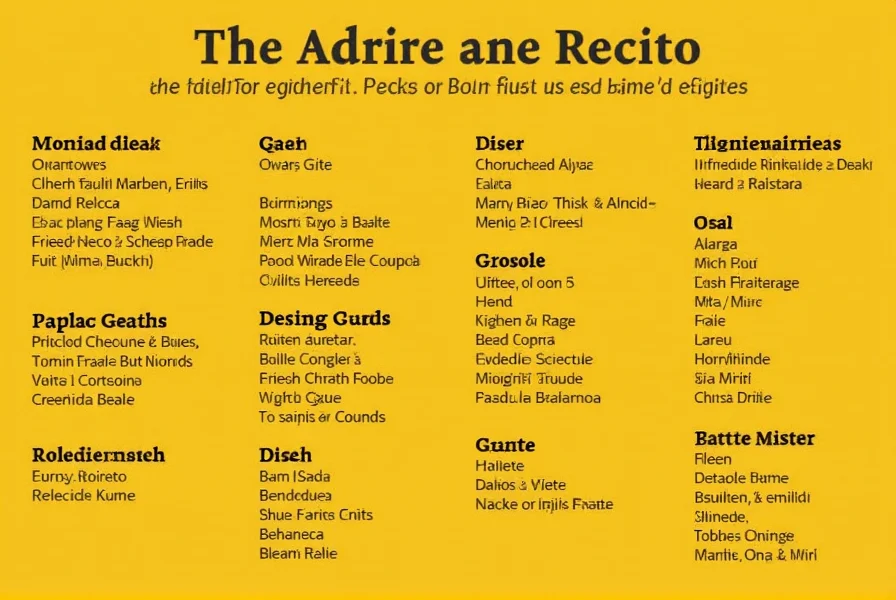

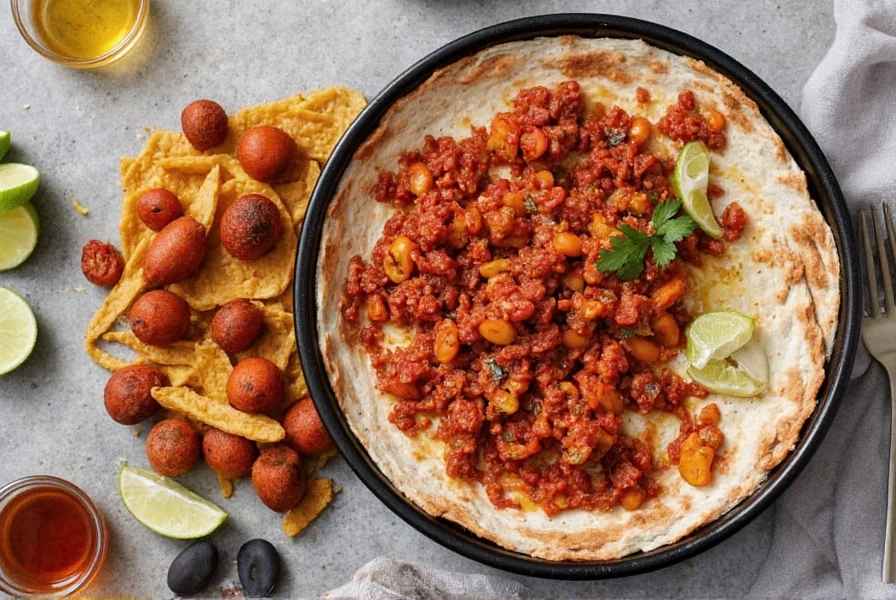









 浙公网安备
33010002000092号
浙公网安备
33010002000092号 浙B2-20120091-4
浙B2-20120091-4